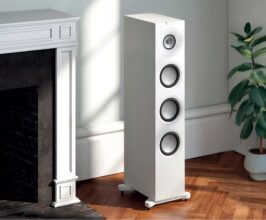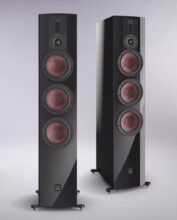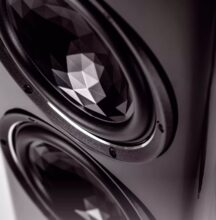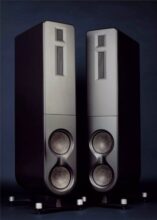Davis Acoustics Ariane 5 Review
French Speakers – That Makes You Grab Your Calculator. It Can Get Expensive. But Davis Acoustics is Currently Adding Affordable Models to Its High-End Series. Davis Acoustics Ariane 5, They Sound Unique, Good, Tempting. Tested at 1,000 euros a pair.
by Andreas Günther
Surprising. Of course, we trust our French neighbors to deliver excellent cuisine. Michelin stars meet lobster and delicacies. But can the French also offer something simpler? A budget snack like fish and chips?
What is Davis Acoustics Ariane 5?
This question arises when we look through the catalog of Davis Acoustics. This is a successful speaker manufacturer located east of Paris, a small town but with an airport. The most expensive speakers look like they’ve been approved by Louis Vuitton and Veuve Clicquot: fine wood, premium drivers, it smells of money and ambition. But recently, they introduced an affordable series under the name Ariane. The largest model, the number five, was delivered to our listening room, and we confirmed the price beforehand. Indeed, the pair costs 1,000 euros. This is clearly a competitive offer.

Build and Design
We didn’t let anyone unpack the speakers for us; we wanted to do it ourselves. It was quick, painless, and in just ten minutes, the pair was playing in our listening room. The only hurdle, which wasn’t even mentioned in the manual: each box comes with four spikes, but they’re of different designs. We plugged them in, puzzled a bit, twisted them – the challenge was quickly resolved. The front has the classic spikes, while the rear features much smaller, rounded screws. This is intentional; Davis Audio optimizes the tilt angle to improve focus and timing between the drivers. The bass drivers are positioned slightly closer to the listening position than the midrange and tweeters.

We spoke with the German importer, who revealed all the details about the technology and manufacturing processes. Davis Audio applies printed vinyl to MDF boards. It doesn’t look cheap at all, with beautiful wood grain and no complaints. There’s also a front grille, but it doesn’t attach elegantly with magnets; instead, it’s held by six dowels on the front. This is the reality in this price range worldwide, and sometimes even beyond, like with the ProAc Response DT8, which costs more than three times as much.
Speaking of worldwide: Everything is manufactured in the Far East, including the cabinets and drivers. This is another global response from high-wage countries, which a European manufacturer is almost forced to follow. However, the development is done in France.
This might be a nod to the old veterans at Bowers & Wilkins.
All the drivers used in the Ariane 5 are also available on the open market, for DIY enthusiasts, hobbyists, or professional installations. The visual highlight is, of course, the bright yellow cone of the midrange driver. This could be a nod to the old veterans at Bowers & Wilkins. In the center is a metal phase plug, not just a decorative dust cap, but a real moving part from a solid core. The Kevlar plays up to three kilohertz, then the tweeter takes over. The tweeter has a fabric dome of a substantial size (25 millimeters). Below 300 hertz, the signals are handed off to a paper cone, which at 17 centimeters is the same size as the midrange driver. For those who like to place speakers close to the wall: This speaker can be positioned up to ten centimeters from the rear wall – the bass reflex port faces forward. The terminal on the back is designed for single-wiring. We’ve known this component as standard since the 80s; it’s not particularly exciting, but it gets the job done.
Davis Audio sends the Ariane 5 with a message: Please play them for at least forty hours. We did this and conducted a before-and-after comparison. The effect is subtle – it’s clear that the willingness for fine dynamics increases.
Our favorite version: walnut finish on the sides and a bright white front. It looks classy.
Here’s another tip: The enjoyment factor diminishes with low-powered tube amplifiers, as does the impact and imaging. A classic transistor amplifier or a Class D amplifier is a better choice. You don’t need to spend a lot of money here; we’ve introduced many potential partners in the past, and around a thousand euros can get you a sensible, powerful option. Here’s our recommendation for the perfect angle: slightly toe them in towards the listening position, otherwise, you’ll lose the panorama, depending on your personal listening environment.
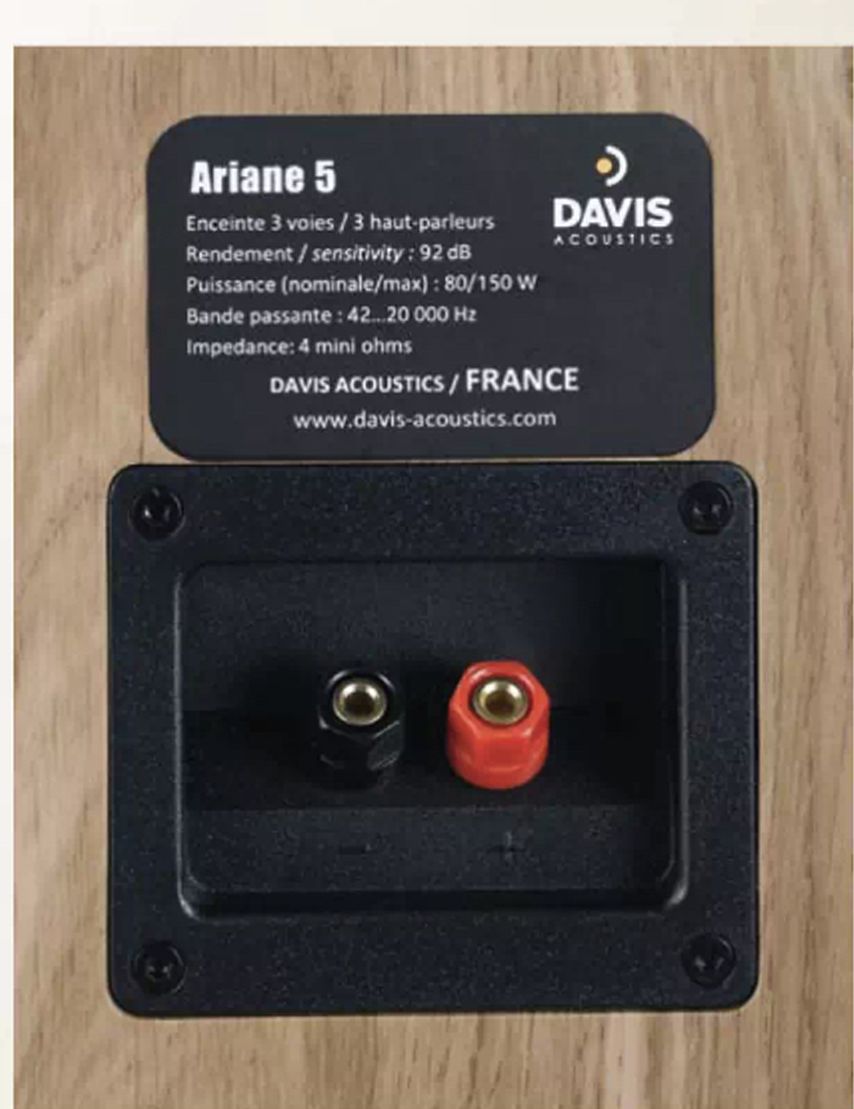
Sound Quality
The new album by Depeche Mode, despite its title “Memento Mori,” is not a quiet mourning ceremony for the late Andy Fletcher. The song “My Favourite Stranger” starts like in the old days, with heavy bass, screeching synthesizers, reverb effects, and phase tricks. With these tracks in 24-bit and 96 kilohertz, you could destroy speakers. That’s exactly what we wanted; we wanted to experience the limits, the moment when this still compact box throws in the towel. But that didn’t happen. The bass was particularly strong. How could this pressure come from just one 17-centimeter paper cone? Yet, it hit hard, not just with the eardrums, but with the gut.
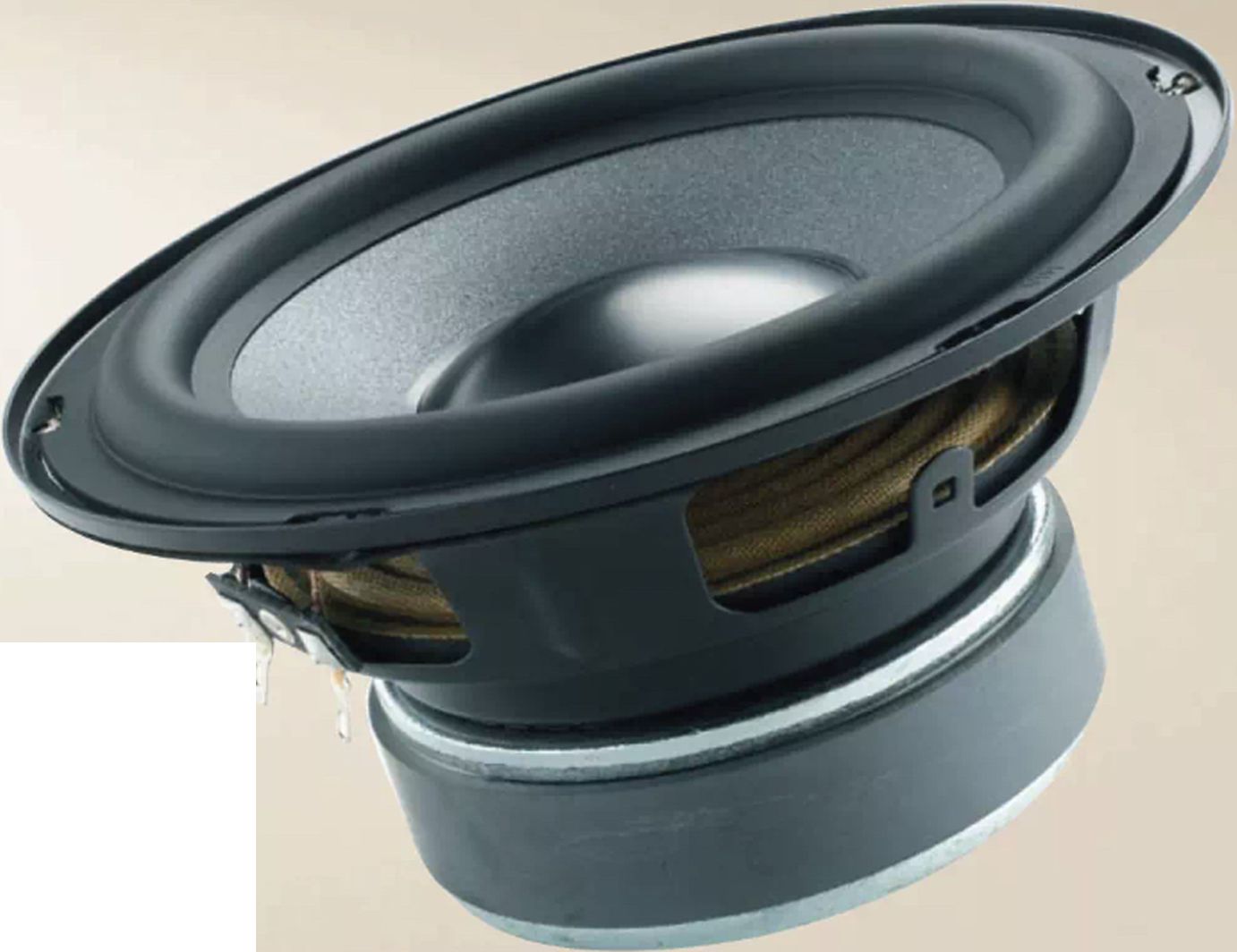
So, is this a speaker for the brutes among us? That would be unfair. The Ariane 5 can also be delicate. Brand new are the Atlantic Studio Recordings by Charles Mingus. Music icon meets high-resolution audio in 24-bit and 192 kilohertz. The first track “Canon” sets the rules – lots of space, saxophone on the right, a deliberately hard-played piano in the back, and a muted trumpet on the left. Everything is whispered, then Mingus joins in on bass in the center. The Ariane found exactly the key: This is about a lively soundstage. The balance between analysis and the joy of music-making was finely tuned.
This speaker has clearly been measured, but ultimately tuned by ear. Very individual, but fair, a fun speaker, a detail lover.
Performance Measurement
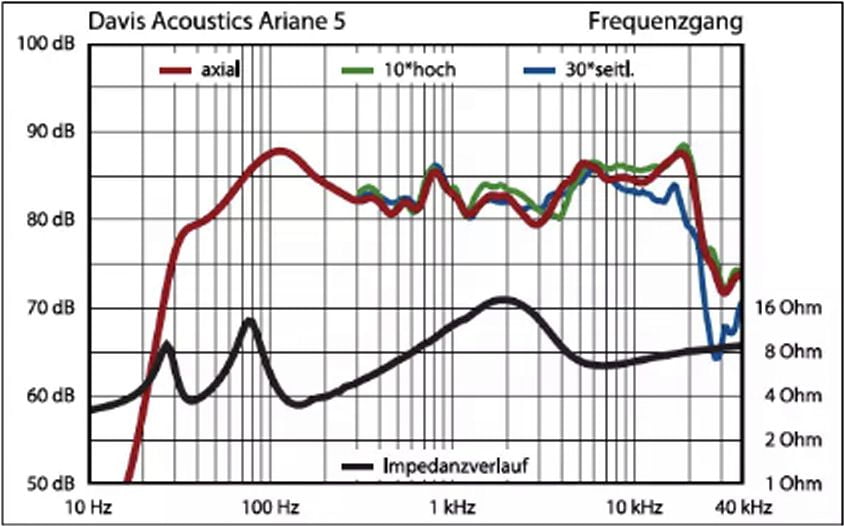
Frequency Response & Impedance Curve: Balanced but rather wavy frequency response with boosts in the upper bass and highs.
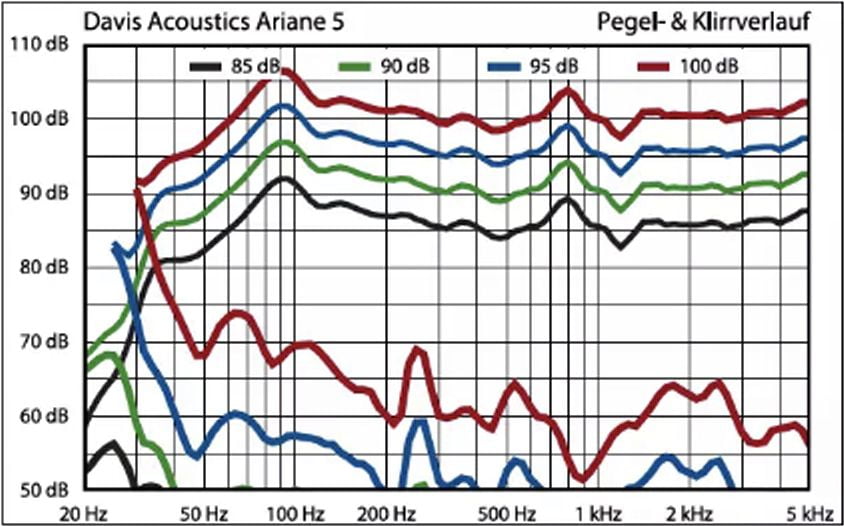
Level & Distortion Curve 85-100 dB SPL: From 95 dB SPL, the distortion gently increases from mid to low frequencies.
Specifications
Dimensions (WxHxD): 19x90x26.2 cm
Weight: 13 kg
Lower Cut-off Frequency (-3/-6 dB):
43/30 Hz
Maximum Sound Level:
101 dB
Practical Use and Compatibility
Amplifier Compatibility Diagram:
Approximately 70 watts at 4 ohms should be available to achieve the maximum volume.
Voltage:
14.2V
Impedance-A:
3.2-18 ohms
Current Requirement:
4.4 A
Room Acoustics and Setup:
The powerful three-way speaker can handle a greater listening distance and is otherwise non-critical in placement.
Listening Distance: 1m to 5m
Wall Distance: 1.5m
Reverberation Time: 0.2s to 0.8s
Measurements:
Practical Use:
Value:
7 / 7 / 6
Overall Rating:
76 Points
Price/Performance:
Outstanding
Verdict
When you purchase through links on our site, I may earn an affiliate commission. Here’s how it works.







